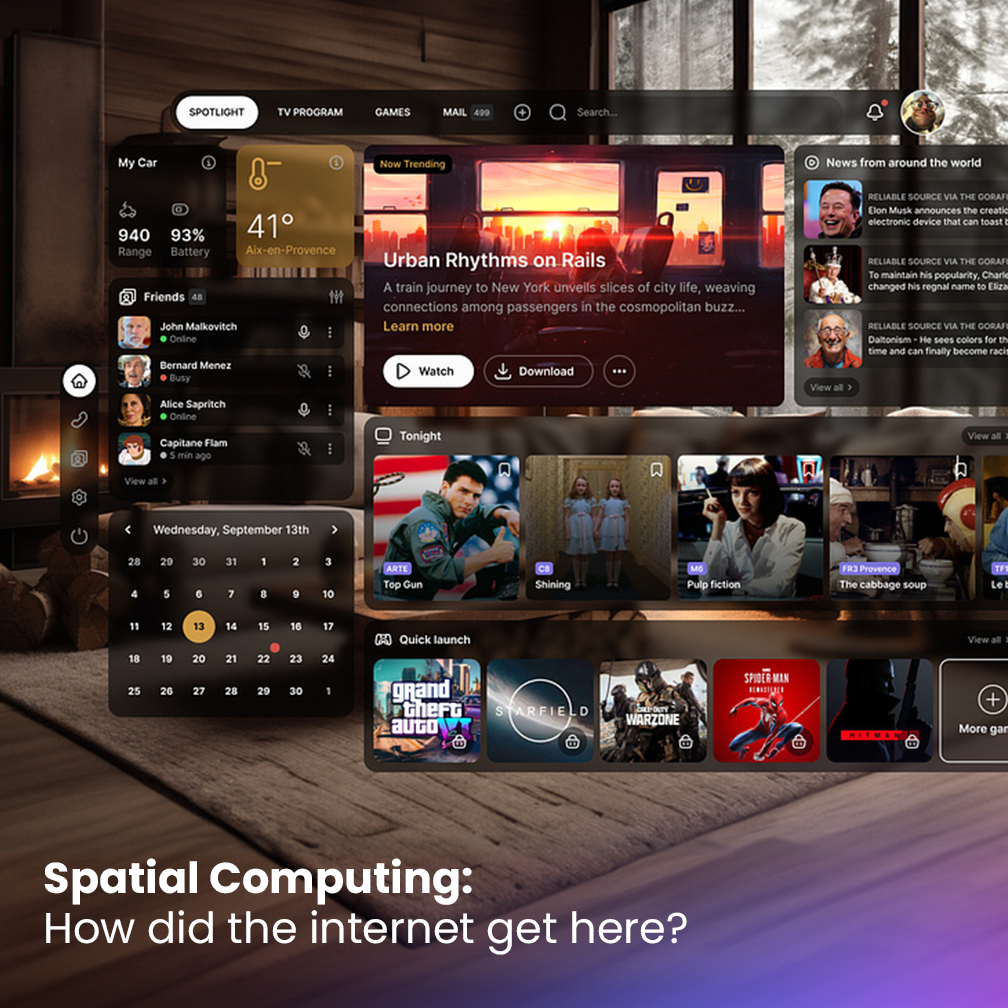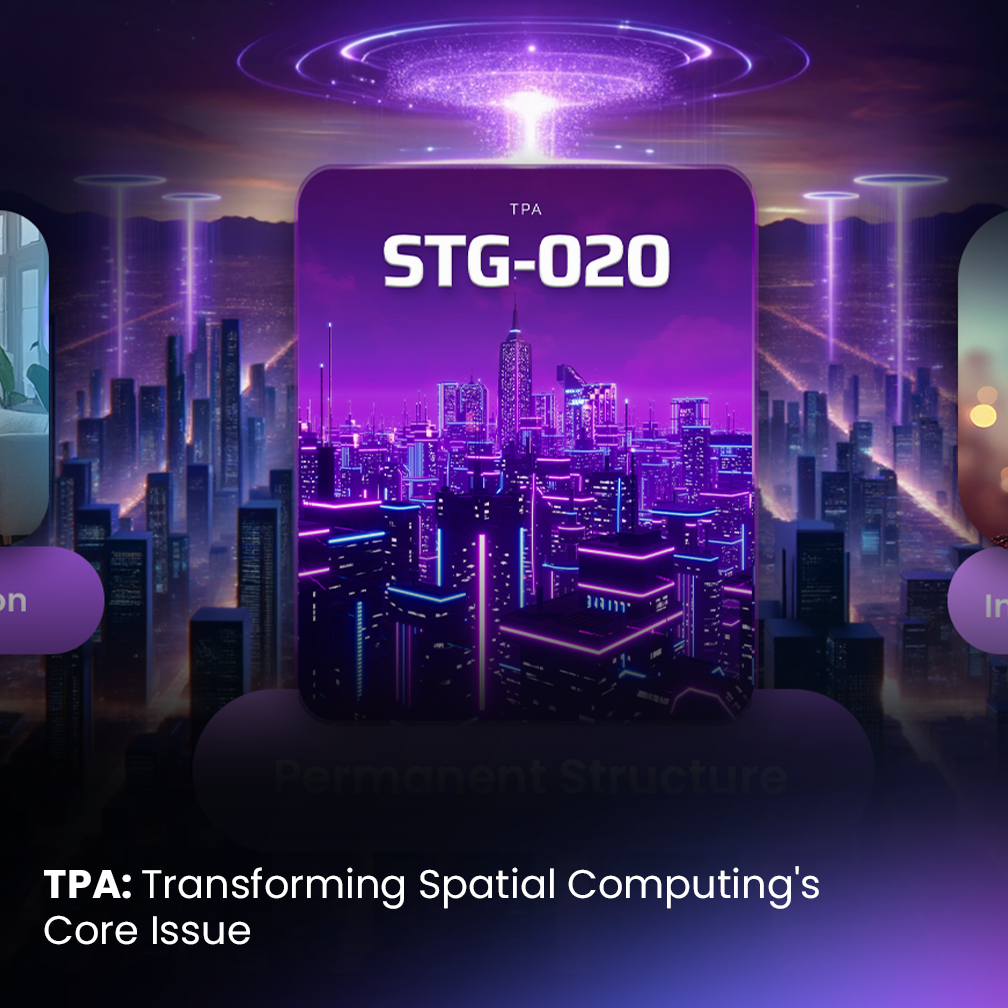Spatial Computing: How did the internet get here?

The internet is one of the most powerful forces in human history and has completely revolutionized how we communicate with each other. But what has enabled such an incredible transformation of our world?
The answer lies in the various protocols developed over time to enable efficient communication between computers across the globe. In this blog post, we take a look at the history of these protocols and explore how they have helped shape today’s spatial computing.
ARPANET
The internet has come a long way since its inception in the late 1960s. In 1969, the Advanced Research Projects Agency Network (ARPANET) was created to enable communication between computers across long distances. This network used the Transmission Control Protocol/Internet Protocol (TCP/IP) to allow two computers to communicate over a public or private network. TCP/IP enabled reliable data transfer and allowed for the development of other protocols such as NFS, HTTP, IPv6 and DNS.
Originally called ARPANET, it was designed as a research and development tool to facilitate communication between computers on government-funded networks. Over time, the network grew, leading to spatial computing of today’s internet.
Along the way, a number of protocols were introduced to help the internet function better. One such protocol is TCP/IP, adopted in 1983 as the official networking protocol for ARPANET and would eventually become the foundation of today’s internet. It allowed sending data across multiple networks regardless of their physical location and provided basic rules for how to transfer data.
NFS
Another protocol is the Network File System (NFS), which allowed users to access remote files over a network as if they were stored locally. It enabled easy sharing of files and data across multiple computers connected to the same network.
The Network File System (NFS) was introduced in 1984 to provide users with network access to remote file systems. This protocol allowed for files stored on different systems to be shared across a network flexibly and securely.
HTTP
Since 1991, The Hypertext Transfer Protocol (HTTP) has been the protocol web browsers use today to send and receive data from web servers. It is responsible for allowing users to view websites and access information online.
The Hypertext Transfer Protocol (HTTP) is the primary protocol web servers and clients use for communication. This protocol enables users to access websites and other web-based resources from anywhere in the world. HTTP also supports encryption protocols, which help transfer data securely over the internet.
IP6V
in 1999 came the introduction of the Internet Protocol Version 6 (IPv6), an extension of IPv4, that increases the number of addresses available for internet-connected devices. IPv6 is becoming increasingly important as more and more devices are connected to the internet.
Internet Protocol Version 6 (IPv6) is the latest version of IP. This protocol enables computers to communicate over the internet by assigning a unique address to each device. IPv6 is more secure than earlier versions of IP and allows for greater scalability due to its larger address space.
DNS
Finally, 1984 saw the introduction of the Domain Name System (DNS), which is responsible for resolving domain names into their associated IP addresses. This allows users to easily access websites and other remote resources by typing in an easy-to-remember URL instead of the associated IP address.
The Domain Name System (DNS) maps domain names to IP addresses. This protocol is necessary for properly routing traffic across the internet and allows users to access websites by simply typing in their address instead of having to remember the numerical IP address of each site.
The protocols mentioned above have been instrumental in helping the internet become the spatial computing it is today, and more protocols will be developed as the internet continues to evolve. Each protocol helps ensure that data is transferred quickly, efficiently, and securely. It’s incredible to think of how far we’ve come since ARPANET was first created.
Ultimately, the internet has grown exponentially in scope and complexity since its inception, and protocols such as TCP/IP, NFS, HTTP, IPv6 and DNS have all played an important role in helping it reach its current status. In the coming years, we can expect to see even more changes to come as the internet continues to evolve.
In the next post, we’ll talk about the new protocols currently in use and the new spatial computing addressing protocol created by Stage Meta: the Teleport Plaque Address.








